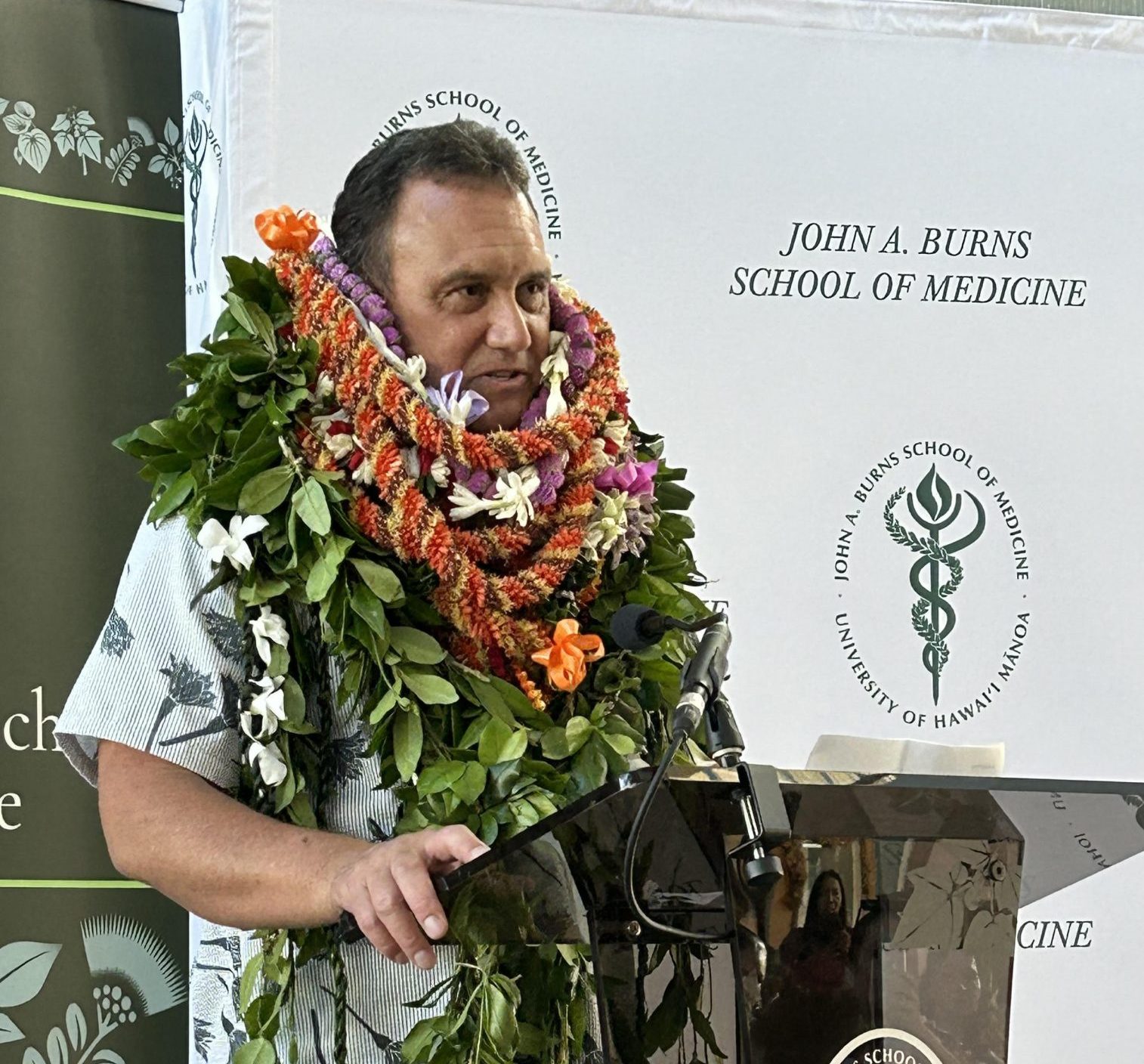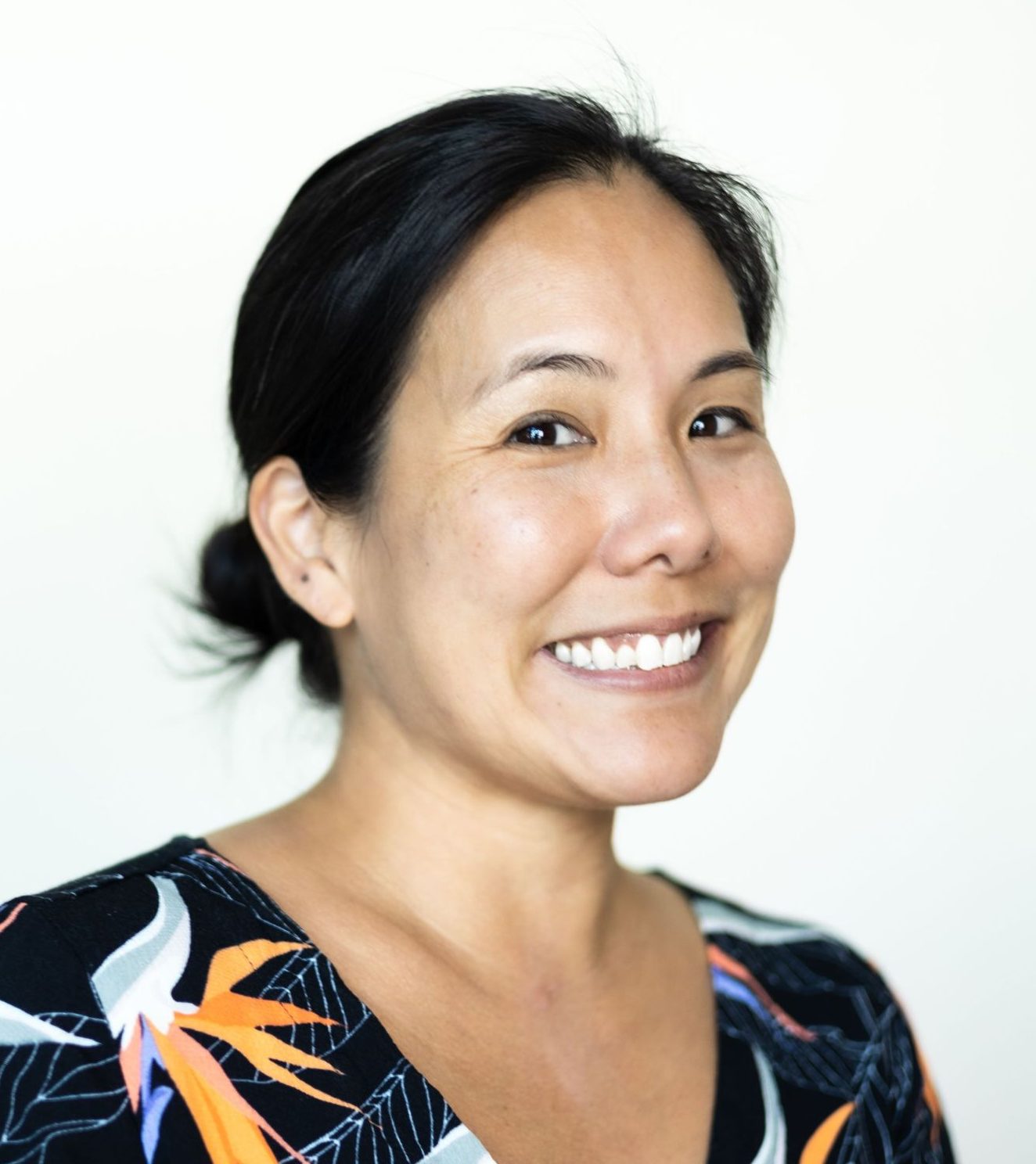Epidemiology's Summer Institute at Columbia University episummer@columbia Registration for episummer 2025 courses is OPEN! Register…

GUMSHOE – Advanced Training in Proposal Writing Spring 2022
Starting January 20, 2022, the PIKO Professional Development (PD) core will offer the tailored GUMSHOE training in advanced grant writing.
This 4-month, online training meets every other week and includes:
- Assistance improving your specific aims
- At least 6 sessions on grant-writing
- Academic and peer mentorship while writing or revising your proposal
- A mock review of your proposal
Applicants should be ready to apply for a federal grant opportunity, e.g., an NIH diversity supplement, K award, R03, R21, R01, R15, R16 or an opportunity from USDA, NSF, AHRQ, etc. Investigators who want assistance with resubmitting a proposal that was previously submitted, but not funded are especially encouraged to apply.
Selection Priority will be given to investigators who focus on the science of Clinical and Translational Research with Indigenous Pacific Peoples (i.e., Native Hawaiians, Other Pacific Islanders, and/or Filipinos) in Hawai`i. While investigators across the translational research spectrum are welcomed, investigators focused on T3 (efficacy studies), T4 (effectiveness studies), and T5 (adoption and institutionalization studies) will be prioritized. Under-represented minorities, particularly those of IPP descent, and individuals with disabilities are encouraged to apply.
To apply, register and upload these items at GUMSHOE Registration by Friday, Dec. 17, 2021.
- Specific aims (1 page, .5” margins, Arial 11), following the “hourglass” format (next page)
- Summary sheet/reviewer comments if proposal was previously submitted but not funded
PIKO stands for the Center for Pacific Innovation, Knowledge, and Opportunities. Based at the John A. Burns School of Medicine, PIKO is a collaboration of the University of Hawai‘i, Hawai‘i Pacific University, and Chaminade University of Honolulu. Drs. Keawe Kaholokula and Neal Palafox are the Principal Investigators.
GUMSHOE (Grant-writing Uncovered: Maximizing Strategies, Help, Opportunities, Experiences) is offered by the University of Colorado and Washington State University as part of the National Research Mentoring Network (NRMN, https://nrmnet.net/). With permission, PIKO has tailored GUMSHOE for Hawai‘i investors seeking funding for Clinical and Translational Research. Per NIH, “Clinical research is defined as research conducted with human subjects (or on material of human origin such as tissues, specimens and cognitive phenomena) for which an investigator directly interacts with human subjects. Translational research is defined as the process of turning observations in the laboratory, clinic and community into interventions that improve the health of individuals and the community.”
SPECIFIC AIMS: THE HOUR GLASS APPROACH1
One’s specific aims should reflect an “hour-glass” like structure. It begins broadly with the nature of the problem and its impact on the health of the nation, next highlights the key scientific question(s) that beg to be answered in order to address this problem — especially with respect to the population of interest, subsequently describes the study to be undertaken that will generate the data and insights to answer the key question(s), then stipulates approximately three specific aims to which the resulting data can speak and hypotheses to be tested, and closes – as the base — with a final paragraph that communicates the theoretical and/or programmatic significance of the anticipated findings – the “so what?” Think of this one-page document as a series of building blocks that move the reader from a broad overview to increasingly specific points that return at the end to a more general base.
The first paragraph should begin by orienting the reviewer to the nature of the problem. The 1st paragraph needs to capture the reviewers’ attention. Look for a powerful “hook” that will make your effort stand out from others and engage the reviewer. You want the reviewer to feel drawn into the problem and compelled to read on. Why should we care about this problem? The end of the 1st paragraph should, then, end with 1-2 sentences that underscore the fact that relatively is little is known about the topic of interest.
The second paragraph should subsequently introduce one’s particular line of inquiry, the research question that follows naturally from the last point of the 1st paragraph. If you propose to focus on a particular population, translate the general problem/question into terms specific to it, mirroring the points you introduced in the first paragraph. Your argument will be well served by frequent reference to evidence in the literature. Can you introduce your own work that suggests this line of inquiry likely will be fruitful? If so, reference several highly relevant articles. It often is powerful to articulate 2-3 questions you intend to explore, ensuring, of course, that each anticipates your specific aims. Having done so, the reviewer then is set up to nod in agreement that the next logical step is to explore, identify, and understand the particular factor(s) of central interest to you. Your work, then, will begin to correct this limitation.
The third paragraph should describe the study you will undertake to address the specific aims. Answer: who, what, where, when and how? Consider referencing a particular conceptual framework that will guide this inquiry; the literature offers many relevant examples. If you propose an intervention, briefly describe its likely content, format, mode of delivery, duration, and anticipated outcomes. For observational studies, briefly describe the setting, population of interest, study design (cross-sectional; longitudinal), sampling plan, likely number of participants by gender, age, race/ethnicity, measurement domains with key constructs, and mode of data acquisition. Provide similar information regarding existing data sets if a secondary analysis proposal, identifying study by name, years data available, and reference a seminal summary article. Reviewers need this background to assess whether or not your specific aims can be addressed in terms of the proposed intervention or observational study, and the data to be acquired or examined.
The fourth paragraph is your actual specific aims. These are the scientific objectives that address the broader goal of your proposed study. Convention suggests three specific aims. Each specifies a particular action step, related to one another that build incrementally toward the knowledge required to answer your research question. But your aims must NOT be contingent upon one another, for failing to successfully answer a prior aim precludes your ability to purse the subsequent aim(s). This poses a fatal flaw! Consider stating a hypothesis to be generated or tested immediately after each aim. This offers the reviewer a sense of your expectations and provides more specificity. Lastly, nothing should appear in these specific aims that hasn’t been anticipated in the previous paragraphs.
The fifth and last paragraph is intended to bring the reviewer back out of “the weeds” to the significance of the proposed work, to the anticipated benefits, to your needs if a career development proposal, and to why we should care. What are the likely scientific and treatment implications of the findings of the proposed work? This is the “so what” paragraph, which speak to public health importance. It anticipates impact. Be as specific as you can, and appropriately assertive with respect to its importance.
1Manson, S.M. (2011). Selecting issues and hypotheses for a research proposal. In Pequegnat W, Stover E, Boyce CA (eds.). How to Write a Successful Research Grant Application: A Guide for Social and Behavioral Scientists. New York, NY: Springer Science+Business Media. Pp. 49-57.



